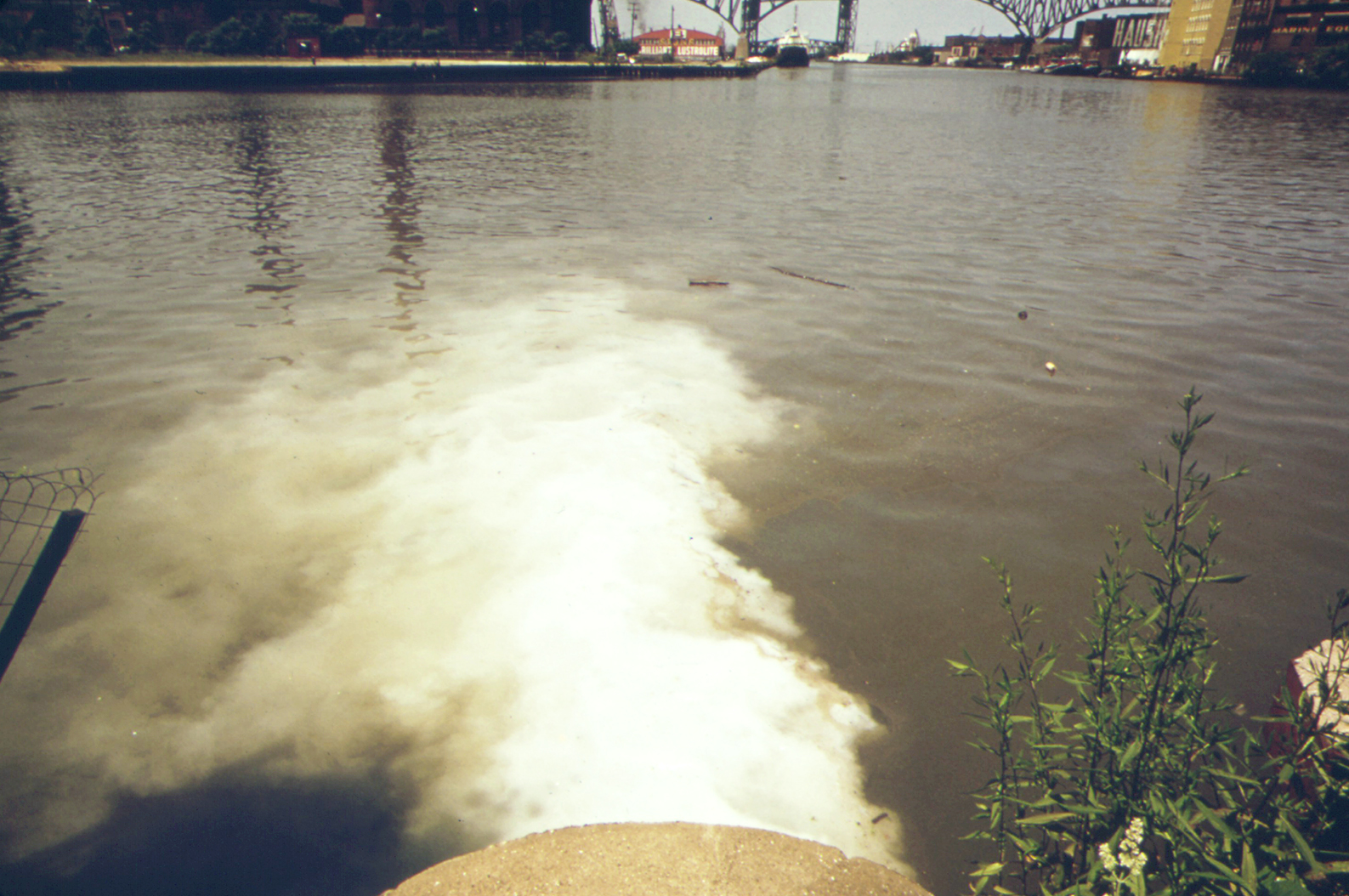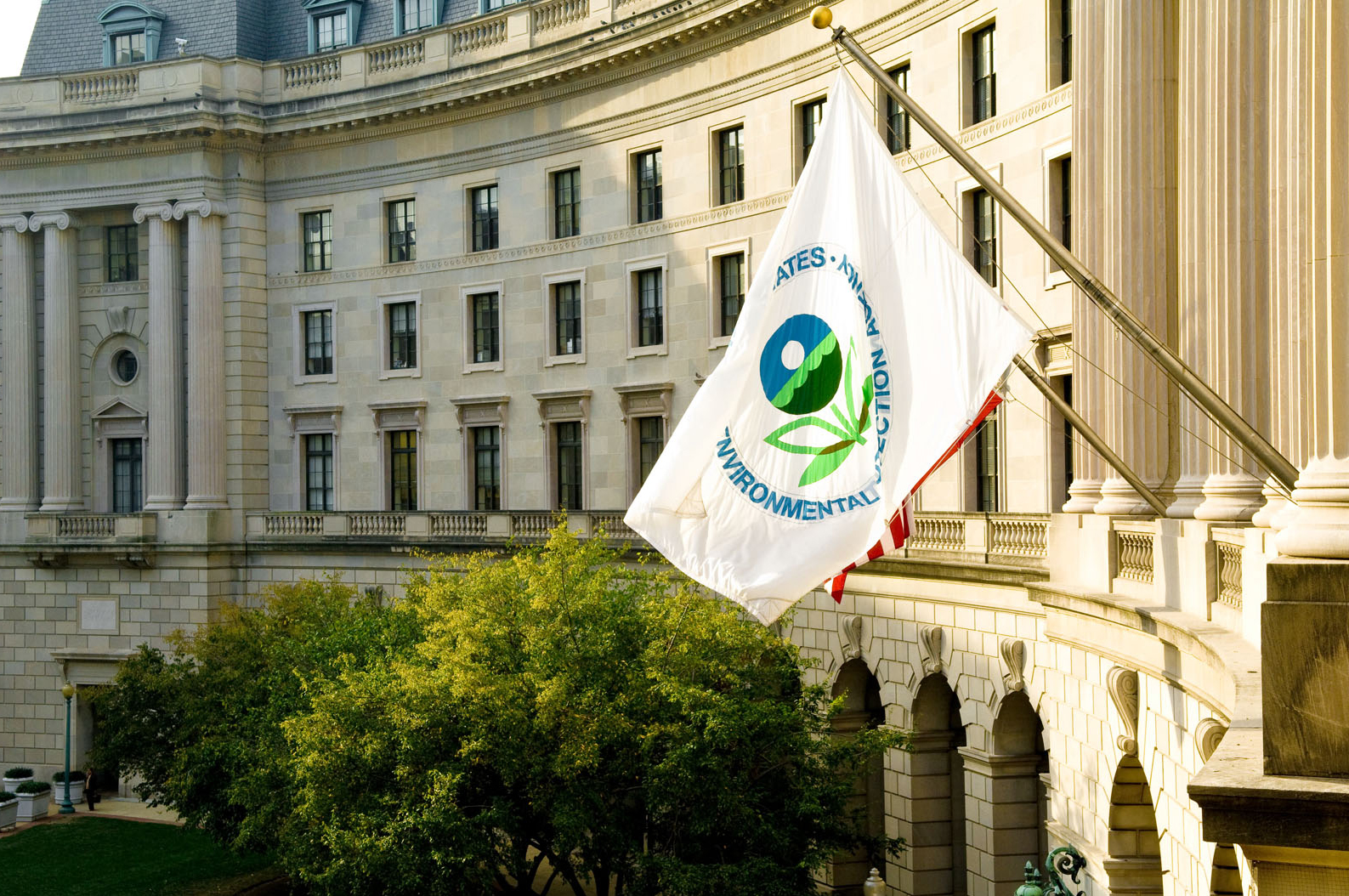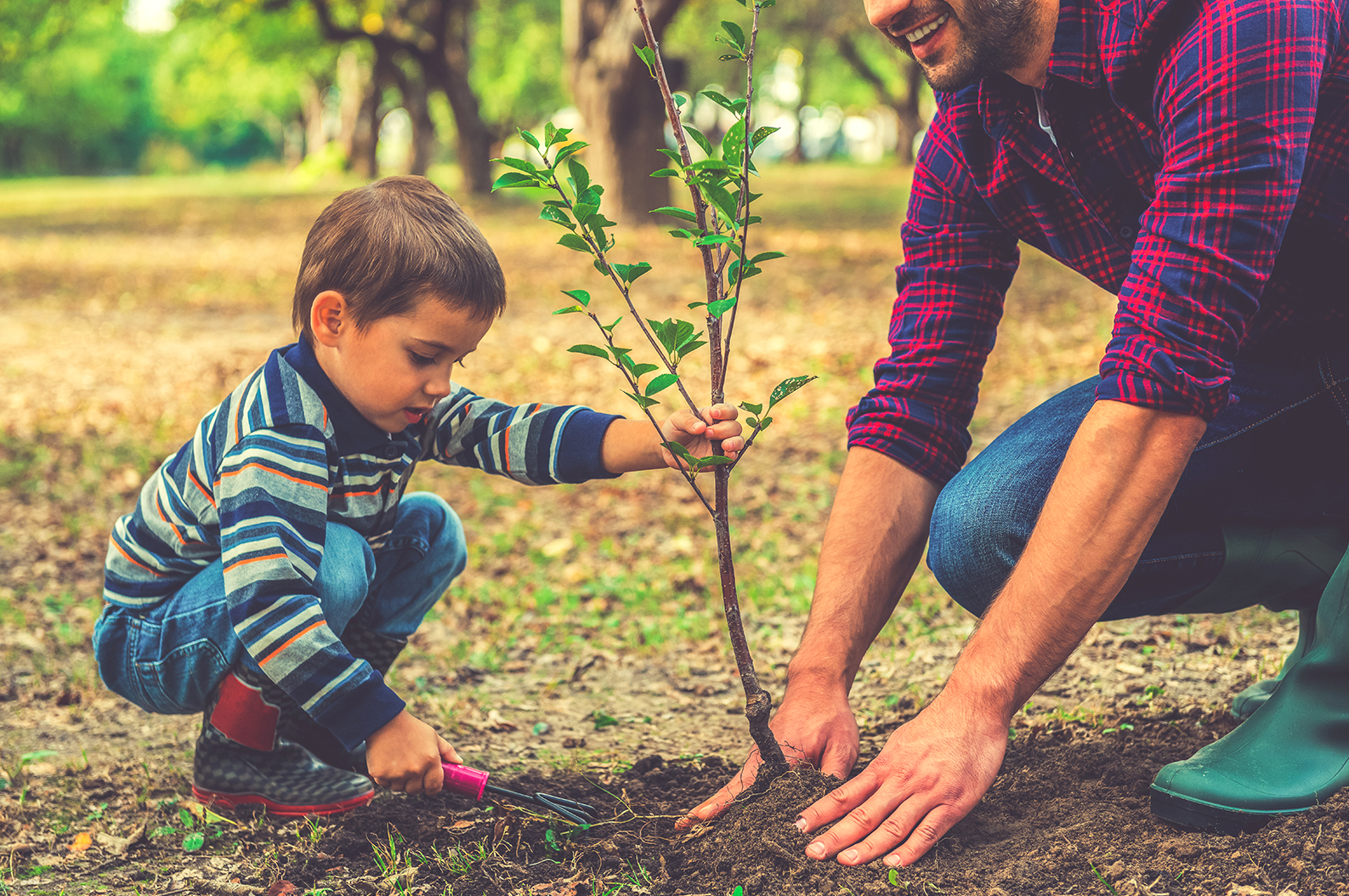
Earth Day
Keeping It Green
The History of Earth Day
On April 22, 1970, millions of Americans gathered in their communities, in their schools, and in their workplaces to rally against the detrimental effects of a century of environmental pollution.
Before this day, large businesses and corporations had free rein to dump hazardous chemicals into the air, water, and ground with zero consequences. There were virtually no studies outlining the harmful effects of pollution, and there was no government agency tasked with policing businesses and protecting the environment.
 Cleveland city pump station discharges sewage into the trash‐laden Cuyahoga river, 1973. Image credit: Frank J. Aleksandrowicz, ©National Archives and Records Administration.
Cleveland city pump station discharges sewage into the trash‐laden Cuyahoga river, 1973. Image credit: Frank J. Aleksandrowicz, ©National Archives and Records Administration.
The grassroots movement, led by Wisconsin senator Gaylord Nelson, was inspired by environmental disasters like the burning of the Cuyahoga River, and it quickly became a pioneering effort across the country for increased education and action against environmental pollution.
America has celebrated Earth Day every year on the same day since 1970, and the push for improved environmental education and legislation has made significant strides in reducing the levels of pollution we once saw, though there is still much more work to do.
After the first Earth Day, legislation like the Clean Air Act, Water Quality Improvement Act, and Endangered Species Act all managed to pass through the US House and Senate—a feat that would have seemed outrageous just years before.
 The Environmental Protection Agency was established in 1970, consolidating environmental monitoring, research, and standards-setting/enforcement activities to ensure environmental protection.
The Environmental Protection Agency was established in 1970, consolidating environmental monitoring, research, and standards-setting/enforcement activities to ensure environmental protection.
Along with new legislation and the development of the Environmental Protection Agency, efforts in recycling and better waste management have also increased since the country’s first Earth Day. In fact, there are more than 9,000 curbside recycling programs currently in place across the US.
Recycling is one of the easiest ways to help the planet—it really is as simple as separating your trash from most paper, metal, and plastic goods. Not every community has a curbside recycling program, but most cities do have a program where community members may bring their recyclables, sometimes for money back.
There are also plenty of secondary benefits to recycling. Whether you already recycle or still need a little convincing, these paybacks are ones you will definitely want to take advantage of.
Reduce Your Recycling
Plastic has become a nearly unavoidable part of our lives, so recycling all of those water bottles and plastic bags is crucial. There are ways, however, to cut down on the amount of bins you recycle each week by adopting these habits.
Go reusable.
Carrying a reusable bottle is one of the best ways to cut back on all of those water bottles in your recycling bin, and it can help you save money. A case of water at the grocery store averages four dollars, so if you normally purchase a case every week, that’s an extra sixteen dollars in your pocket each month if you switch to reusable bottles.

Skip the plastic bags.
We all know plastic grocery bags are a major component of marine pollution and are extremely harmful to fish and other wildlife. Invest in a few reusable bags, which you can usually buy right in the checkout aisle.
Buy smart.
Most items we buy nowadays are either made of plastic or packaged in plastic, if not both. But plastic can lurk in places you may not expect, too, like face wash. Small plastic scrubbing beads are currently one of the leading polluters of our oceans, so it’s best to avoid products with these beads.
Why Recycling Rocks
Recycling efforts have skyrocketed in recent years, with more and more communities adopting their own curbside programs. Though the majority of Americans recognize the importance of recycling, there are some hidden benefits you may not even realize.
Creating jobs.
Recycling is a more than $2 billion industry in the US, and that means millions of jobs for Americans.
Improving your health.
Recycling not only improves wildlife, but also your health. Recycling helps reduce harmful chemicals in the atmosphere we breathe in on a daily basis.
Saving money.
Materials made of plastic tend to cost less, but purchasing reusable goods can save you from having to repurchase items again and again.

Protecting the future.
The average person generates more than four pounds of trash a day. By recycling, you are saving up some of that space and, in turn, creating a cleaner and safer home for future generations.
For more recycling tips and facts, and other ways you can help protect the planet, visit americanlifestylemag.com/recycle.


Posted in Article, Issue 82 Vol 2 on Feb 15, 2017